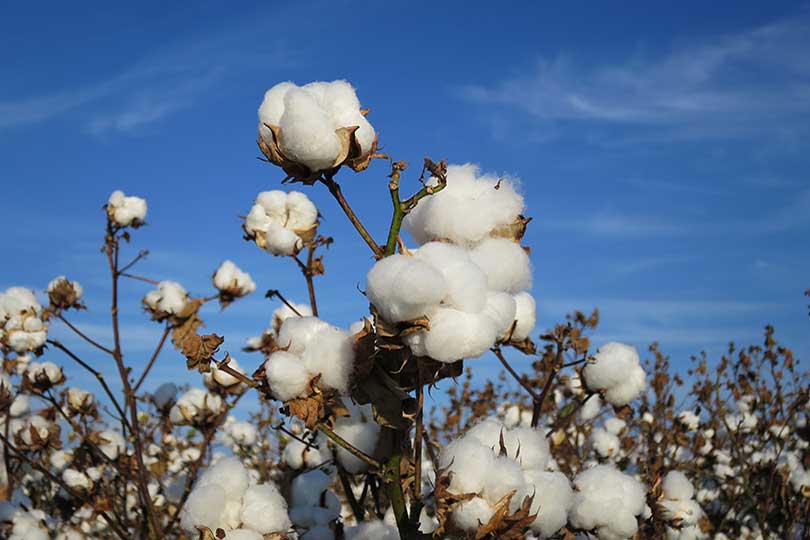Texas is the number one cotton producer in the U.S. with about 5.5 million bales of cotton a year, and the Lone Star State’s cotton figures contribute significantly to the U.S. Department of Agriculture’s (USDA) cotton forecast numbers.
A hot July was followed by an unusually wet August throughout Texas.
The abundant rain and moisture Texas received in August has impacted USDA’s crop predictions.
Statewide, the production number increased by 300,000 bales from the August report to 6.6 million bales. The nationwide estimate now for upland cotton is at 15.6 million bales, up 25 percent from 2015, according to Plains Cotton Growers (PCG).
The USDA National Agricultural Statistics Service (NASS) adjusted their September estimate with a 75,000-bale increase from their August estimates for the High Plains, according to PCG. They decreased their estimate for the Northern High Plains from 1.2 million bales in August to 1.15 million bales in September, and increased their estimate for the Southern High Plains from 2.83 million bales in August to 2.995 million in September.
As of Sept. 18, 31 percent of cotton bolls were opening and 9 percent of the Texas cotton crop was harvested, according the NASS Crop Progress report. And 38 percent of the cotton is in fair condition.
The added moisture could marginally increase cotton yields on irrigated cotton in West Texas, according to Southwest Farm Press. However, the dryland cotton acreage in West Texas is too far along to be affected by the August rains.
But continuous rainfall on mature cotton in Central and Southeast Texas has had an adverse impact for some farmers.
The rain caused widespread sprouting of cottonseed in the boll, which could hurt farmers through discounted loan values, higher ginning costs and little cottonseed value to offset the costs.
Some farmers won’t be able to sell cottonseed because of lint quality, which usually helps cover ginning costs.
The amount of cotton bales harvested will not see significant changes due to the moist conditions. Gins will still be able to process the Central and Southeast Texas cotton crop, but it may have an impact on the quality.

